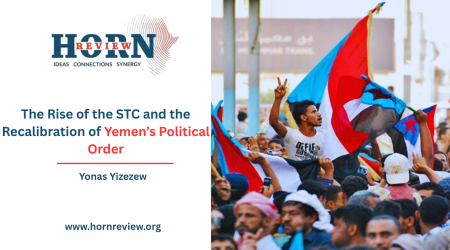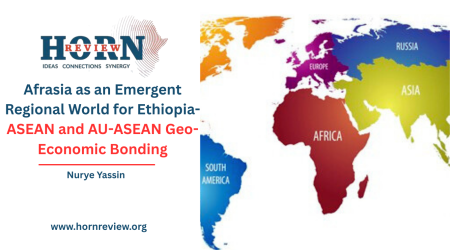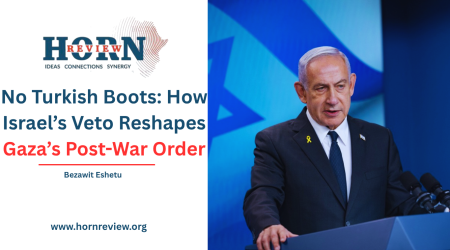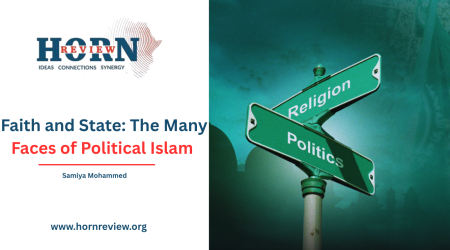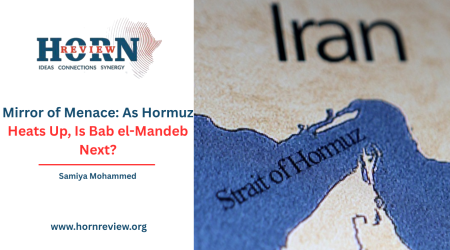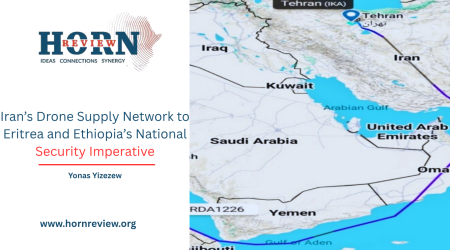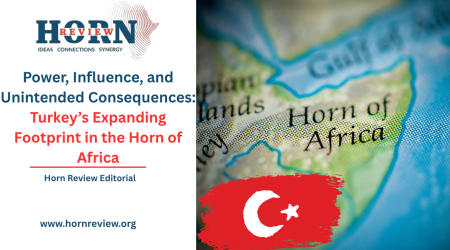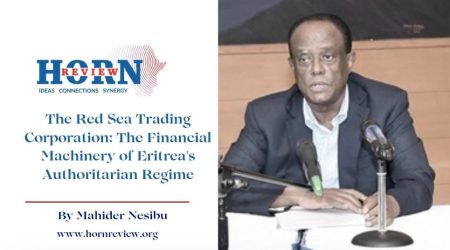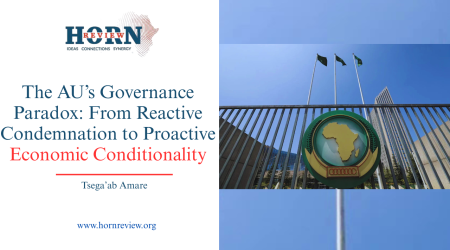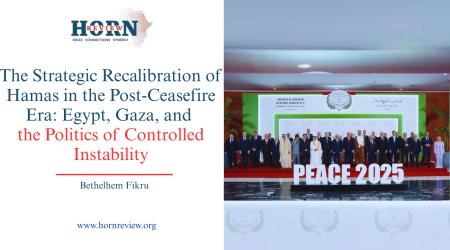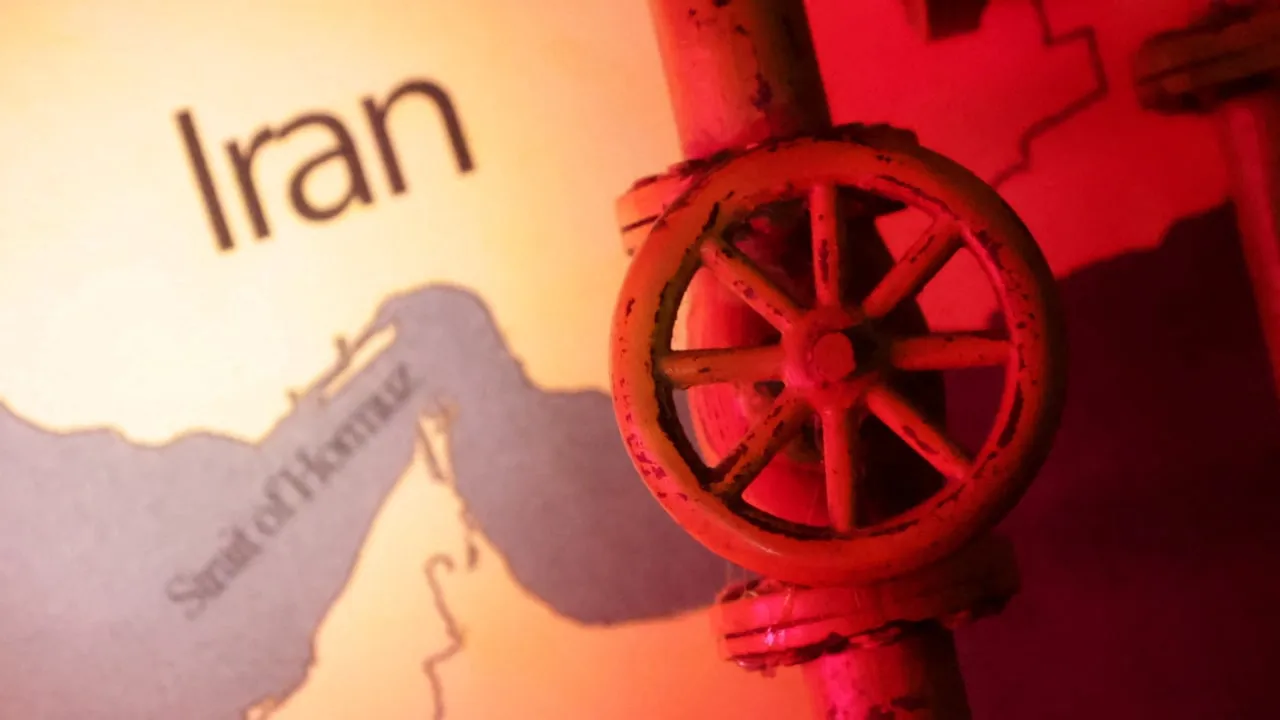
8
Jul
Between the strait and the storm: maritime Fragility in a Fragmented World
The Strait of Hormuz is one of the few locations on earth that concentrates so much strategic gravity into such a small geographical area. Nearly 20% of the world’s oil and more than a third of its liquefied natural gas transits through this narrow waterway daily, which is just 21 miles wide at its narrowest (EIA, 2023). Beyond its energy significance, however, Hormuz serves as a geopolitical pressure valve where regional rivalry, great power competition, and military posture collide. In June 2025, U.S. and Israeli airstrikes hit Iranian nuclear sites. Tehran’s warnings about potentially closing or disrupting the strait have reignited global concerns over energy security and put regions such as the Horn of Africa at dangerous knock-on consequences.
Following the strikes, Iranian state media announced that parliament had passed a motion supporting Hormuz’s closing, which was a strategic but symbolic move. Although a complete blockade is still unlikely due to the possibility of Chinese economic backlash and U.S. military relations, Iran has adeptly honed its art of calibrated disruption. The Islamic Revolutionary Guard Corps Navy (IRGCN) is in charge of a hybrid arsenal tailored to Hormuz, which involves high-speed attack boats, swarming drones, anti-ship missiles, and sea mines. These strategies, which were honed during the Tanker War of the 1980s, can effectively disrupt global shipping without going to war, keeping enemies off balance and creating volatility in oil (Cordesman 2007).
In fact, following the air strikes, Brent crude rose to $81.40 per barrel before leveling off at $76.30. It demonstrates how economic tremors can be triggered even by the threat of obstruction. China, which imported over 1.8 million barrels per day from Iran in May 2025, is particularly affected (Vortex 2025). Beijing faces a strategic dilemma. Nearly half of China’s imports pass through the Strait of Hormuz. Long-term stability in the region may compel China to put energy security ahead of political unity despite its 25 years of alliance with Tehran. In an implicit nudge to Beijing to restrain its ally, U.S. Secretary of State Marco Rubio emphasized in an interview on June 22 that any prolonged disruption would hurt China more than the United States. Similar exposure is faced by other Asian importers, including India, Japan, and Korea. They may feel pressured to revive cooperative naval escorts in response to their dependence on Gulf energy importers emulating the multilateral operations of the Gulf War of 1990-91 (Yetive, 2004). This could further militarize regional water and diminish Iran’s influence by strengthening Asian support for U.S. maritime initiatives.
The United States’ intricate strategic considerations in the Strait of Hormuz have taken on a new dimension with the recent ceasefire between Israel and Iran on June 24, 2025. Through its Fifth Fleet, Washington serves as a security guarantor. It also profits from the energy price volatility brought on by such conflicts. However, the sudden 6% decline in oil prices, which came after the ceasefire was announced and Iran decided not to strike energy infrastructure, demonstrates how quickly markets adjust to political cues. After experiencing a two-day decline of more than 13%, U.S. crude eroded the day at $64.37 per barrel, while Brent cropped to $67.14. The administration’s balancing act between geopolitical pressure and market pragmatism is best illustrated by the president’s statement that China is free to keep buying oil from Iran despite the ongoing sanctions. The United States now has to maintain deterrence while controlling the perceptions of both allies and adversaries that it is not leveraging instability or economic gain.
Even the most well-protected energy assets are vulnerable, as highlighted by the 2019 drone and missile attacks on Aramco facilities that were ascribed to actors with Iranian support (Wehrey, 2020). The Gulf Cooperation Council is strategically balancing its relationship by strengthening its ties with the security frameworks of the U.S. and Israel. This represents a strategic adaptation in a multipolar world rather than a contradiction. The Horn of Africa, located further south, is arguably the most vulnerable and least studied link in this strategic chain. Its proximity to the Babel-Mendeb Strait, which links the Arabian and Red Seas, guarantees entanglement in the gulf dynamics despite its geographical distance from the Persian Gulf.
As a node in international competition, Djibouti hosts military bases from China, the U.S., France, and Japan. Ethiopia is extremely vulnerable to maritime shocks because more than 90% of its trade passes through Djibouti. Any disruption in the flow of grain or oil would increase inflation and jeopardize its postwar recovery. Meanwhile, Sudan and Eritrea, already struggling with political unrest and isolation, run the risk of becoming entangled in Gulf rivalries through port agreements, proxy alliances, or army transfers. External actors seeking untraceable leverage may exploit Somalia’s extensive, poorly governed coastlines for clandestine operations such as drone surveillance or maritime sabotage.
The Horn of Africa must take proactive measures to avoid becoming collateral damage in a standoff centered on the Gulf. First, IGAD should spearhead a regional maritime security framework that includes early warning systems, surveillance, and intelligence sharing. Second, in order to control foreign naval deployments and safeguard sea lanes, the African Union ought to establish a Red Sea maritime task force. Third, national governments need to seek energy shock in advance from entities like the African Development Bank and establish strategic reserves of food and fuel. Horn countries need to advance their diplomatic strategies beyond reactive diplomacy. Eritrea, Ethiopia, Somalia, and Sudan should establish adaptable trilateral or quadrilateral relationships with Asian actors, Western powers, and Gulf states. The objective is to cultivate strategic agency, ensuring their interests are safeguarded without becoming pawns in external rivalries, rather than simply maintaining neutrality.
The Strait of Hormuz has evolved into a global seismic fault line. The issue is no longer restricted to Gulf concerns. Every military, diplomatic, or economic tremor sends ripples beyond its borders. Hormuz has transitioned from a transit hub to a litmus test of international order derived from Israel’s strategic assertiveness, Iran’s asymmetric strategy, and America’s dual economic-security role. The most profound downstream effects are likely to be felt in the Horn of Africa, where maritime vulnerability and state fragility coexist. If proactive measures are not taken, the region risks being caught in a vortex of great power competitions, disrupted trades, and rising prices. The horn must be viewed as a strategic hub in and of itself, rather than a passive conduit for crises in the sea of choke point geopolitics. Acting now, while the strait is still open, is preferable to waiting until it closes.
By Bezawit Eshetu,Researcher,Horn Review
References
- Cordesman, A.H. (2007). Iran and the Changing Nature of Deterrence. Center for Strategic and International Studies
- Eisenstadt, M. (2016). The Strategic Culture of the Islamic Republic of Iran. Washington Institute for Near East Policy
- Energy Information Administration (EIA). (2023). World Oil Transit Chokepoints. U.S. Department of Energy
- International Energy Agency (IEA). (2023). World Energy Outlook 2023.
- Miller, A. D. (2021). The Abraham Accords and Their Aftermath. Carnegie Endowment for international peace.
- Wehrey F. (2020). The Burning Shores: Inside the Battle for the New Middle East. Farrar.
- Yetiv, S. A. (2004). Explaining Foreign Policy: U.S. Decision-Making and the Persian Gulf War. Johns Hopkins University Press.

